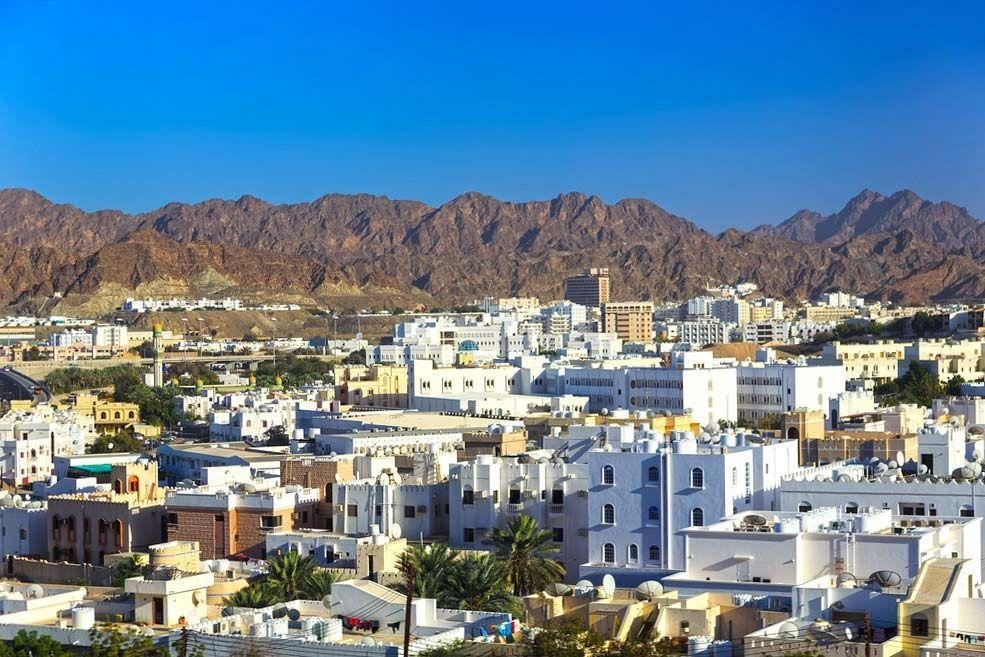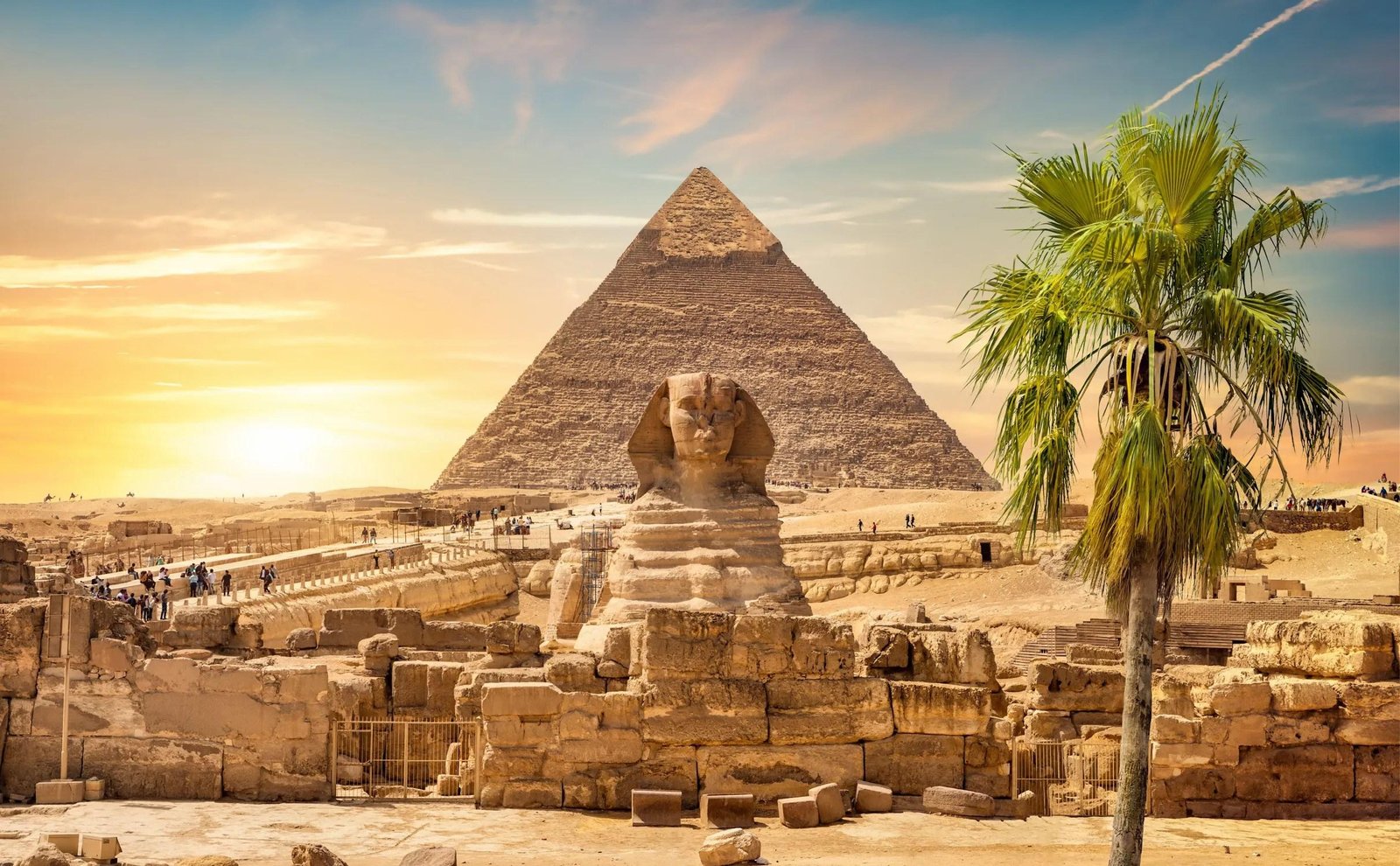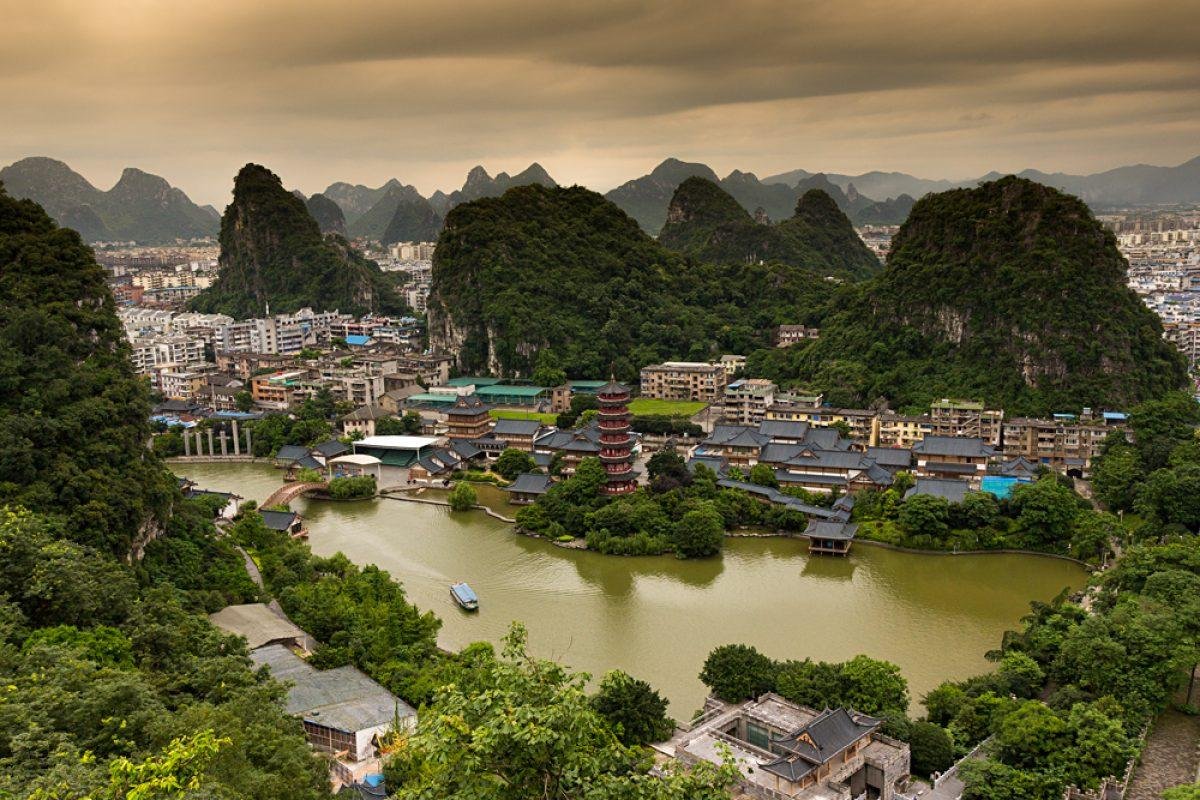Muscat, the capital city of Oman, is a captivating blend of traditional Arabian architecture and modern design, reflecti...
The Architectural Marvels of Doha, Qatar
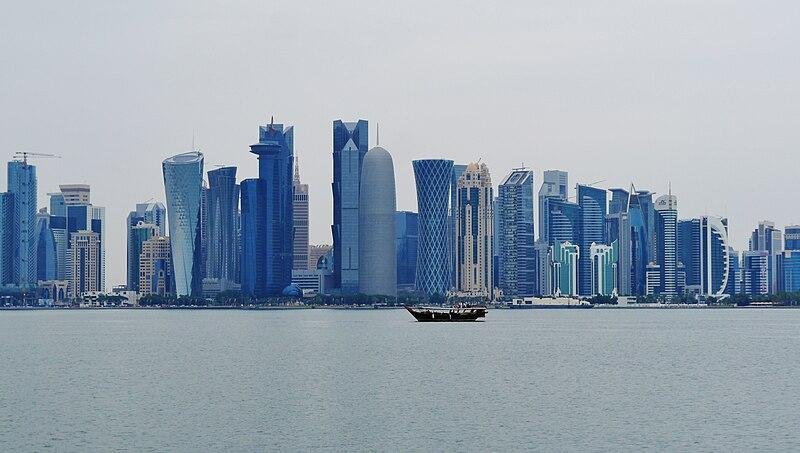
Doha, the capital city of Qatar, has rapidly transformed into a global hub of culture, finance, and innovation, showcasing a stunning array of architectural achievements. The city’s skyline, a harmonious blend of traditional Islamic design and contemporary architecture, reflects its rich heritage and ambitious vision for the future.
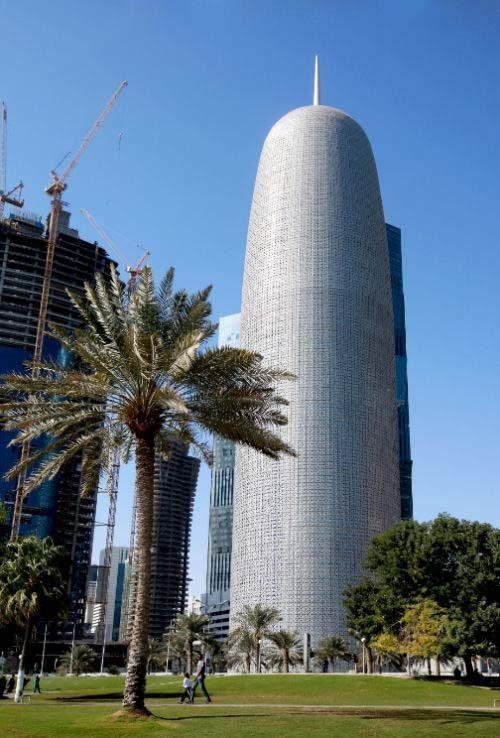
One of the most iconic structures in Doha is the Burj Qatar, also known as the Doha Tower. Standing at 238 meters, this cylindrical skyscraper is an embodiment of modern architecture infused with traditional elements. Its exterior features a lattice-like pattern that pays homage to Islamic art, while the building's sleek design represents Qatar's rapid modernization. The Burj Qatar has become a symbol of the city’s aspirations, attracting attention from around the world.
Another architectural gem is the Museum of Islamic Art (MIA), designed by the renowned architect I. M. Pei. Completed in 2008, the museum is situated on an island overlooking the Doha Corniche, offering breathtaking views of the skyline. The building’s design draws inspiration from traditional Islamic architecture, featuring geometric patterns and intricate details. Inside, the museum houses an extensive collection of Islamic art spanning over 1,400 years, making it a cultural treasure trove.
The Katara Cultural Village is another significant architectural development in Doha. This vibrant cultural complex encompasses theaters, galleries, and exhibition spaces, all designed in a style that reflects traditional Qatari architecture. The use of clay and earth tones in the buildings creates a warm and inviting atmosphere, while the intricate designs pay homage to the country’s rich cultural heritage. Katara hosts various cultural events, performances, and festivals, making it a focal point for the arts in Doha.
Doha’s West Bay area is home to a collection of striking skyscrapers that define the city’s modern skyline. Among these is the Tornado Tower, which features a unique twisting design that resembles a tornado. This iconic structure is a testament to innovative architectural engineering, showcasing Qatar’s commitment to pushing the boundaries of design. The West Bay area is also home to the Aspire Tower, formerly known as the Torch Doha, which served as the focal point for the 2006 Asian Games. This 300-meter tall structure features a flame-like design and is illuminated at night, serving as a beacon of Qatar’s sporting achievements.

The Pearl-Qatar, an artificial island, exemplifies Doha's ambition to create a luxurious living environment. The development features Mediterranean-inspired architecture, with elegant villas, apartments, and commercial spaces. The island’s design includes marinas, waterfront promenades, and parks, providing residents and visitors with a vibrant lifestyle. The Pearl-Qatar has become a symbol of luxury and sophistication, attracting both local and international residents.
Another notable architectural achievement is the Qatar National Museum, designed by Jean Nouvel. The museum's design is inspired by the desert rose, a natural mineral formation found in Qatar’s deserts. The building's intricate facade and organic shapes create an inviting atmosphere, while the interior houses exhibitions that celebrate Qatari history, culture, and heritage. The Qatar National Museum serves as a vital cultural institution, fostering a greater understanding of the nation’s identity.
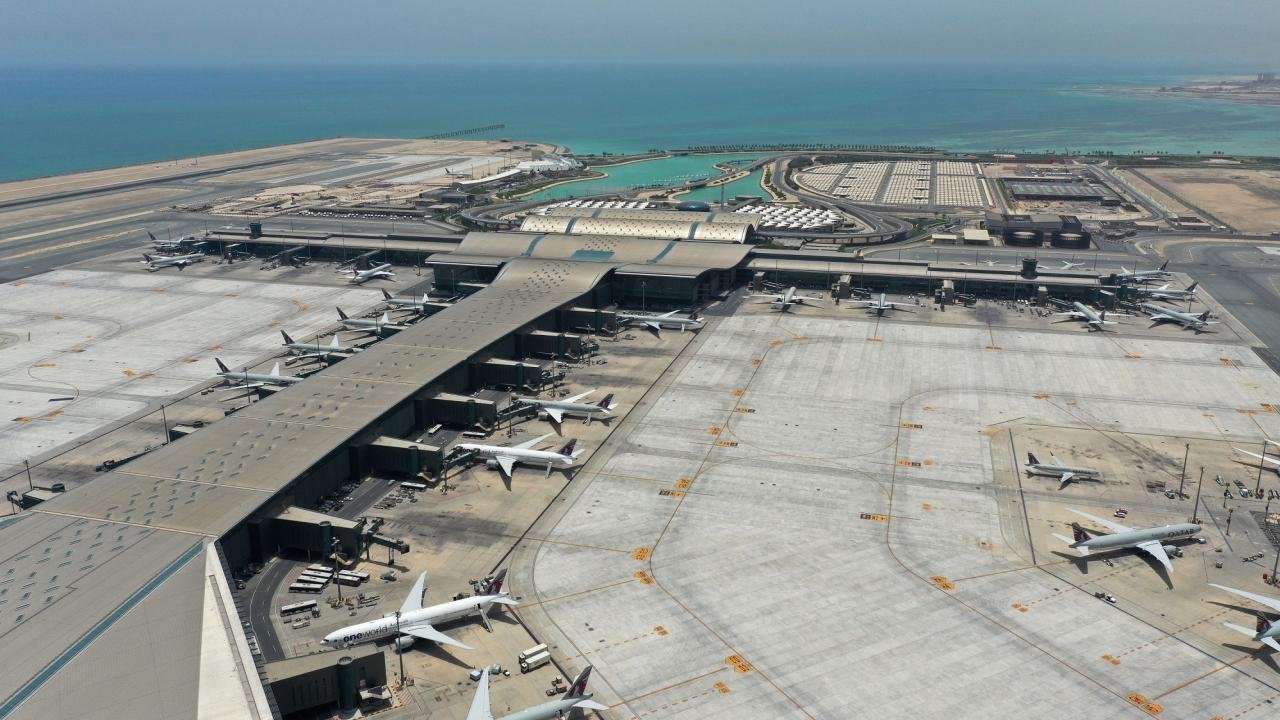
Doha’s architectural landscape is also marked by the impressive Hamad International Airport, which opened in 2014. The airport features a modern design with spacious terminals, advanced technology, and luxurious amenities. The structure incorporates elements of Qatari culture, such as the iconic lamp sculpture by Richard Serra, creating a unique travel experience that reflects the nation’s heritage. The airport is a vital hub for international travel and has received numerous awards for its design and functionality.
The Sidra Medical and Research Center, designed by the renowned architecture firm Perkins+Will, is another striking addition to Doha’s skyline. This state-of-the-art facility features a modern design that emphasizes healing and well-being. The building is surrounded by landscaped gardens and incorporates sustainable design principles, creating a serene environment for patients and visitors. Sidra is a testament to Qatar’s commitment to advancing healthcare and research.
In addition to these modern architectural marvels, Doha has preserved its cultural heritage through the restoration of historic sites. Souq Waqif, a traditional marketplace, is a prime example of this effort. The souq features narrow alleys, vibrant stalls, and traditional Qatari architecture, creating an authentic shopping experience. The restoration of Souq Waqif has revitalized the area, making it a popular destination for both locals and tourists, where they can enjoy traditional crafts, spices, and cuisine.

Doha’s architectural identity is further enriched by the numerous mosques that adorn the city. The State Grand Mosque, also known as Imam Muhammad ibn Abd al-Wahhab Mosque, is a stunning example of contemporary Islamic architecture. Featuring a grand dome, intricate tile work, and beautiful calligraphy, the mosque serves as a place of worship and a center for community engagement. The mosque’s design emphasizes tranquility and spirituality, reflecting the significance of faith in Qatari culture.
As Doha continues to grow and evolve, its architectural landscape is shaped by ongoing development projects. The Lusail City project, an ambitious urban development initiative, aims to create a sustainable, smart city that integrates modern living with environmental responsibility. The project features a mix of residential, commercial, and recreational spaces, all designed with innovative architecture that prioritizes sustainability. Lusail City is set to host the 2022 FIFA World Cup, showcasing Qatar’s commitment to hosting international events while advancing its urban infrastructure.
The architectural journey of Doha is a testament to the nation’s rapid transformation and its aspirations for the future. The city’s skyline, characterized by a blend of traditional and modern designs, reflects its rich cultural heritage and innovative spirit. As new projects emerge and existing structures are preserved, Doha continues to develop into a vibrant urban center that attracts visitors from around the world.
In conclusion, Doha, Qatar, is a city where architecture serves as a reflection of its rich history, cultural diversity, and ambitions for the future. The harmonious blend of modern skyscrapers, cultural institutions, and traditional designs creates a captivating urban environment that enchants all who visit. Whether exploring the grandeur of the Museum of Islamic Art, admiring the innovative designs of the Qatar National Museum, or experiencing the vibrant atmosphere of Souq Waqif, visitors to Doha are sure to be inspired by the city’s architectural charm and cultural depth.
Doha’s architectural journey is a testament to its resilience and ability to embrace change while honoring its cultural roots. From its luxurious developments to its commitment to preserving heritage, Doha stands as a vibrant example of how architecture can embody the spirit of a place and its people. The city’s dedication to sustainable development and innovative design ensures that Doha will continue to thrive as a cultural and architectural destination for generations to come.
With every building and public space revealing layers of history and artistry, Doha invites all to explore its captivating urban landscape and experience the rich stories that each structure has to tell. The city’s architecture not only reflects its glorious past but also shapes its vibrant present and promising future, making it a true gem of the Gulf region.
Share:

